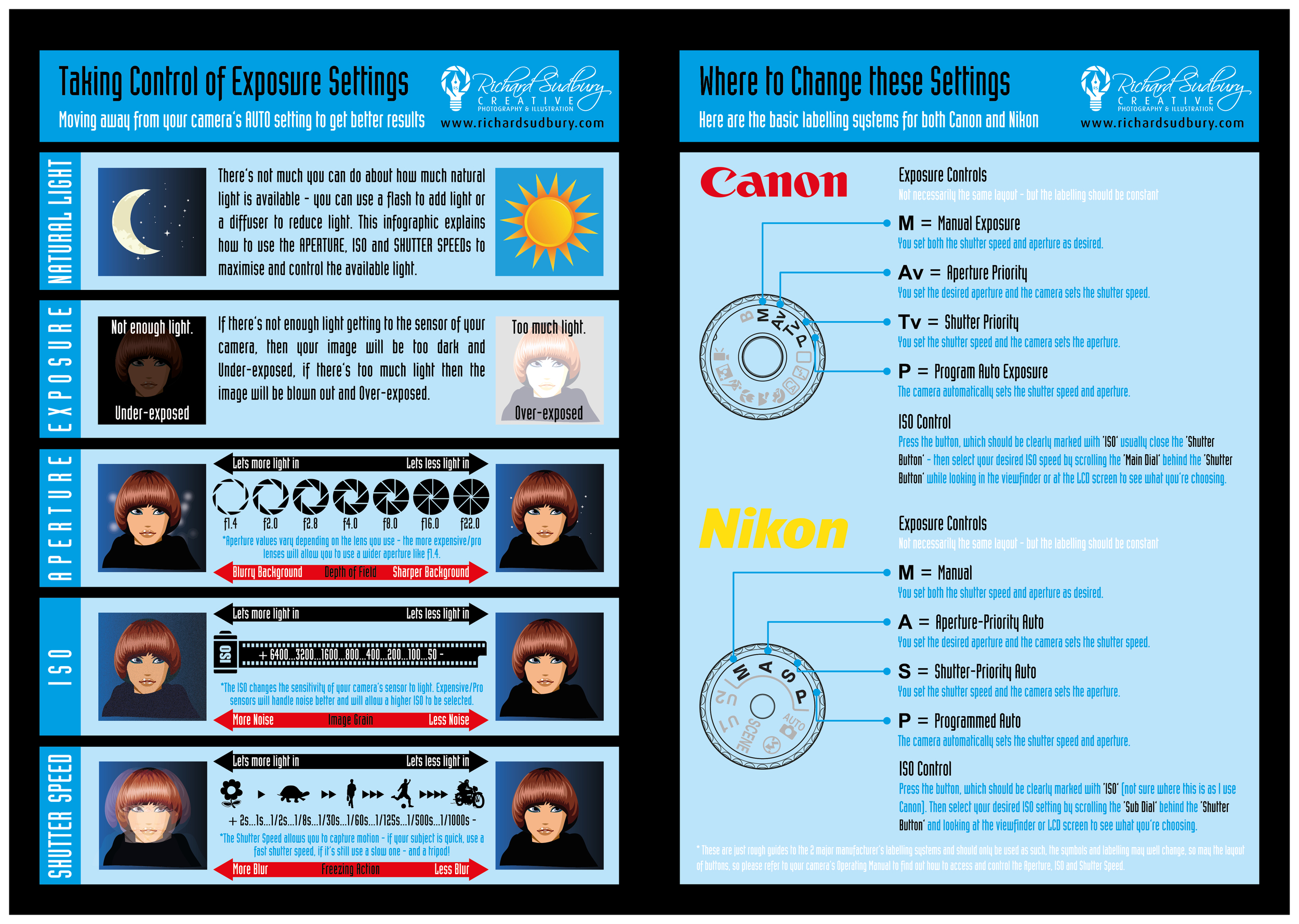Photography Tips For Beginners: Mastering Your Cam In No Time At All
Photography Tips For Beginners: Mastering Your Cam In No Time At All
Blog Article
Web Content By-Whitley Turan
When you initially grab your video camera, it can feel frustrating with all the setups and choices offered. You might find yourself asking yourself exactly how to navigate aperture, shutter rate, and ISO effectively. Grasping these principles is vital, however there's more to digital photography than just technical knowledge. Comprehending make-up methods and lighting conditions can boost your images considerably. So, suppose you could discover easy methods to enhance your skills and begin recording impressive images earlier than you think? Let's discover how to change your photography journey.
Recognizing Cam Settings
Comprehending your electronic camera setups is important for capturing stunning photos. When you get your electronic camera, acquaint on your own with the 3 major settings: aperture, shutter speed, and ISO. Each plays an important duty in exactly how your pictures turn out.
Beginning with aperture, which controls the quantity of light getting in the lens. https://www.dailysabah.com/arts-culture/2020/01/24/a-road-story-180-years-of-photography-inspire-children-workshops-at-pera-museum (lower f-number) lets in extra light and develops an attractive history blur, excellent for portraits. Alternatively, a narrower aperture (greater f-number) keeps more of the scene in emphasis, suitable for landscapes.
Next, focus on shutter speed. https://writeablog.net/my84noel/unlock-the-tricks-to-finding-the-perfect-cam-for-your-needs-yet-which-kind identifies how long your cam's sensor is exposed to light. A quick shutter speed ices up movement, which is fantastic for action shots, while a slow-moving shutter rate can produce stunning results like smooth water in landscapes.
Finally, readjust your ISO. This setup affects your camera's sensitivity to light. A greater ISO works in low-light situations yet can introduce noise or grain. Aim for the most affordable ISO possible while still achieving appropriate exposure.
Make-up Methods
When you're out shooting, structure can make all the difference in just how your photos reverberate with viewers. Beginning by using the policy of thirds; picture your framework split right into 9 equal areas with two horizontal and 2 upright lines. Position crucial elements along these lines or at their crossways to develop balance and passion.
Next off, consider leading lines. These all-natural lines in your scene, like roadways or rivers, draw the viewer's eye right into the picture, leading them through the tale you're informing.
Do not ignore framing; use elements within your scene, like trees or windows, to develop a frame around your subject, adding depth and emphasis.
Also, keep an eye on your history. A chaotic history can sidetrack from your primary topic, while a straightforward one aids it stick out.
Last but not least, explore proportion and patterns; they can produce a striking photo that captures attention.
Learning Illumination Issues
Grasping illumination problems is important for capturing spectacular pictures, as the best light can transform a regular scene into something extraordinary.
Begin by observing natural light at various times of the day. Early mornings and late afternoons use the most effective light, referred to as the golden hour. The soft, cozy tones during these times can enhance your images beautifully.
Do not shy away from cloudy days either; diffused light can minimize rough shadows and produce a pleasing impact, specifically for portraits.
Explore backlighting by positioning your topic against the light source. This method can produce a dreamy halo result and include deepness to your pictures.
Focus on your cam setups also. Adjust the ISO, aperture, and shutter rate to suit the lights problems. A higher ISO can assist in low light, but beware of grain.
Utilize a tripod in darker settings to stay clear of blur.
Last but not least, do not neglect artificial lighting. Flash and continuous lights can be wonderful tools for regulating light in tough conditions.
Verdict
Finally, understanding your electronic camera doesn't need to be frustrating. By understanding your settings, applying structure techniques, and using the power of natural light, you'll rapidly boost your digital photography abilities. Bear in mind, exercise makes perfect, so go out there and try out your newly found expertise. With time and commitment, you'll be catching stunning pictures that mirror your unique perspective. Delight in the journey, and don't fail to remember to have fun while you're at it!
